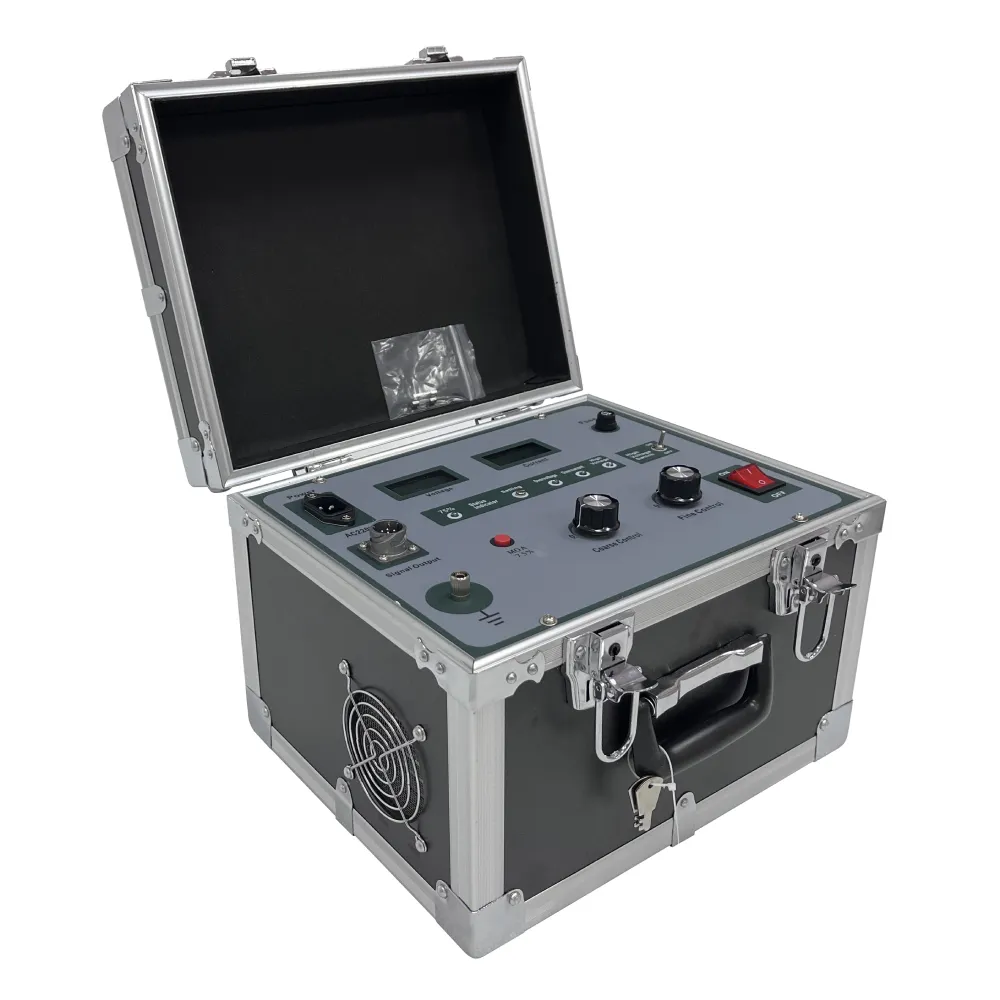 English
English


Advancements in Gas Chromatography Sensors for Enhanced Detection and Analysis of Volatile Compounds
Gas Chromatography Sensors An Overview
Gas chromatography (GC) is a powerful analytical technique used for the separation and analysis of volatile compounds. It has become an essential tool in various fields such as environmental monitoring, food and beverage quality control, petrochemical analysis, and even forensic science. Central to this technique is the gas chromatography sensor, which plays a crucial role in detecting and quantifying gases in a mixture, offering detailed insights into their composition.
At its core, gas chromatography involves the interaction of a sample mixture with a carrier gas as it travels through a column filled with a stationary phase. The sample's components partition between the mobile phase (the carrier gas) and the stationary phase (the material inside the column), based on their affinities for each phase. This results in the separation of components over time, allowing for their detection as they elute at different rates. The efficiency and resolution of this separation significantly depend on the quality of the gas chromatography sensor used.
Gas chromatography sensors work by detecting the individual compounds as they exit the chromatographic column. Common types of detectors include flame ionization detectors (FID), thermal conductivity detectors (TCD), and mass spectrometric detectors (MSD). Each detector has its unique advantages and limitations. For instance, FID is highly sensitive and ideal for organic compounds, while TCD can detect both organic and inorganic gases but is less sensitive than FID.
gas chromatography sensor

One of the fundamental advancements in GC technology has been the development of miniaturized and portable sensors. These sensors have made gas chromatography more accessible and versatile, allowing for in-field analysis as opposed to traditional laboratory settings. For example, portable GC systems are increasingly employed in environmental science to monitor air quality by detecting hazardous gases such as volatile organic compounds (VOCs), carbon dioxide (CO2), and methane (CH4) in real-time.
Moreover, advancements in nanotechnology have significantly improved the sensitivity and selectivity of gas chromatography sensors. New materials, such as nanostructured coatings and hybrid materials, enhance the interaction between the target gas molecules and the stationary phase, resulting in better separation and detection capabilities. These innovations enable the detection of trace levels of contaminants, which is crucial in areas like food safety, where even minute concentrations of harmful substances can pose health risks.
The integration of gas chromatography sensors with artificial intelligence and machine learning algorithms represents the future of this technology. These algorithms can optimize the calibration process, data interpretation, and even real-time monitoring, making the analysis more efficient and accurate. By processing vast amounts of data quickly, these technologies can identify patterns and anomalies that may go unnoticed in traditional analytical methods.
In conclusion, gas chromatography sensors are vital in enabling the comprehensive analysis of gaseous mixtures across various industries. Their evolution from traditional laboratory instruments to modern, portable, and highly sensitive devices highlights the continuous advancements in analytical technology. The interplay of novel materials, miniaturization, and intelligent data processing is set to enhance the capabilities of gas chromatography, making it an indispensable tool for scientists and industries that prioritize safety, quality, and environmental stewardship. As we look to the future, the potential applications of these sensors will undoubtedly expand, driving further innovations in the field.
-
Differences between open cup flash point tester and closed cup flash point testerNewsOct.31,2024
-
The Reliable Load Tap ChangerNewsOct.23,2024
-
The Essential Guide to Hipot TestersNewsOct.23,2024
-
The Digital Insulation TesterNewsOct.23,2024
-
The Best Earth Loop Impedance Tester for SaleNewsOct.23,2024
-
Tan Delta Tester--The Essential Tool for Electrical Insulation TestingNewsOct.23,2024





